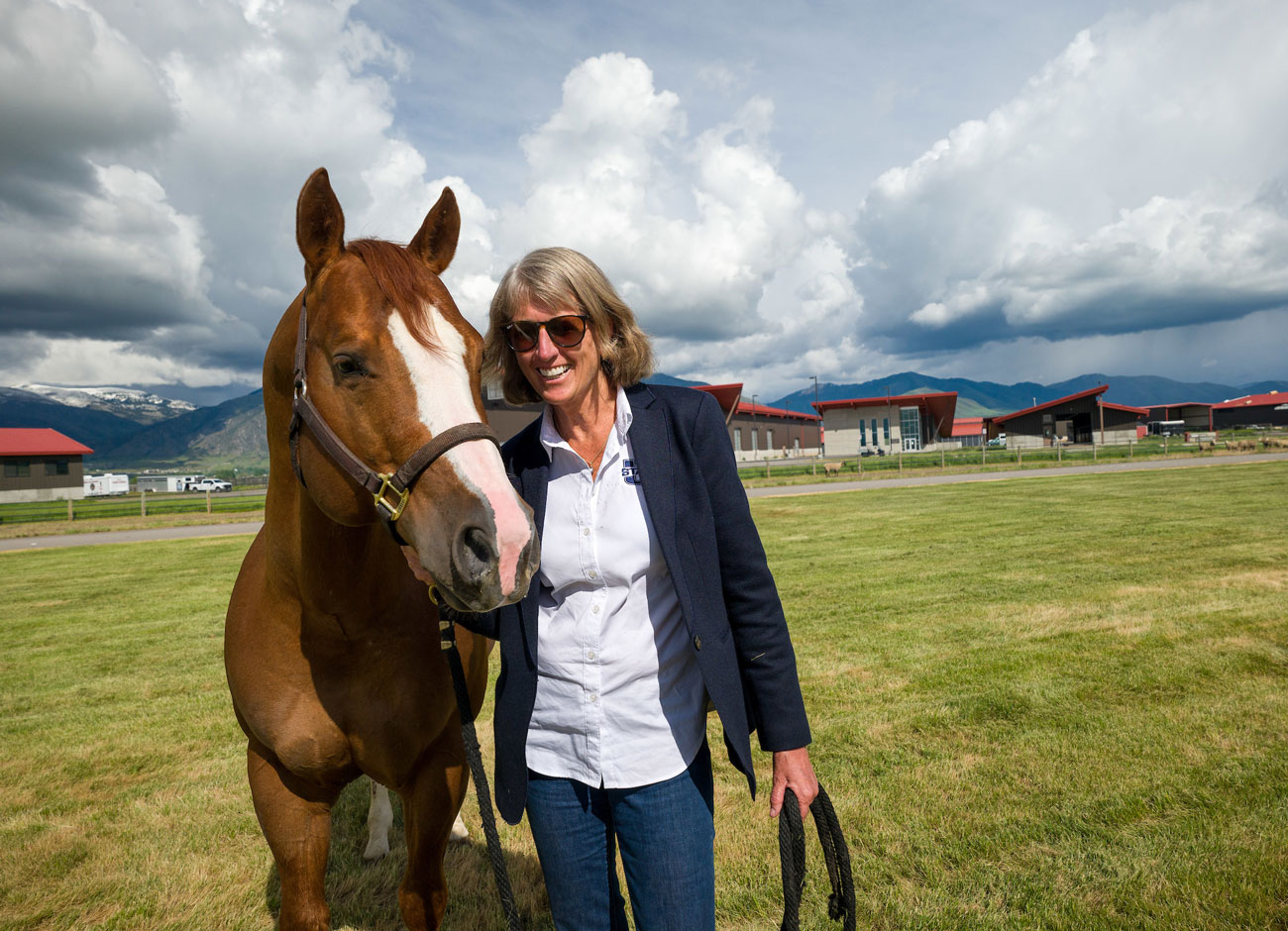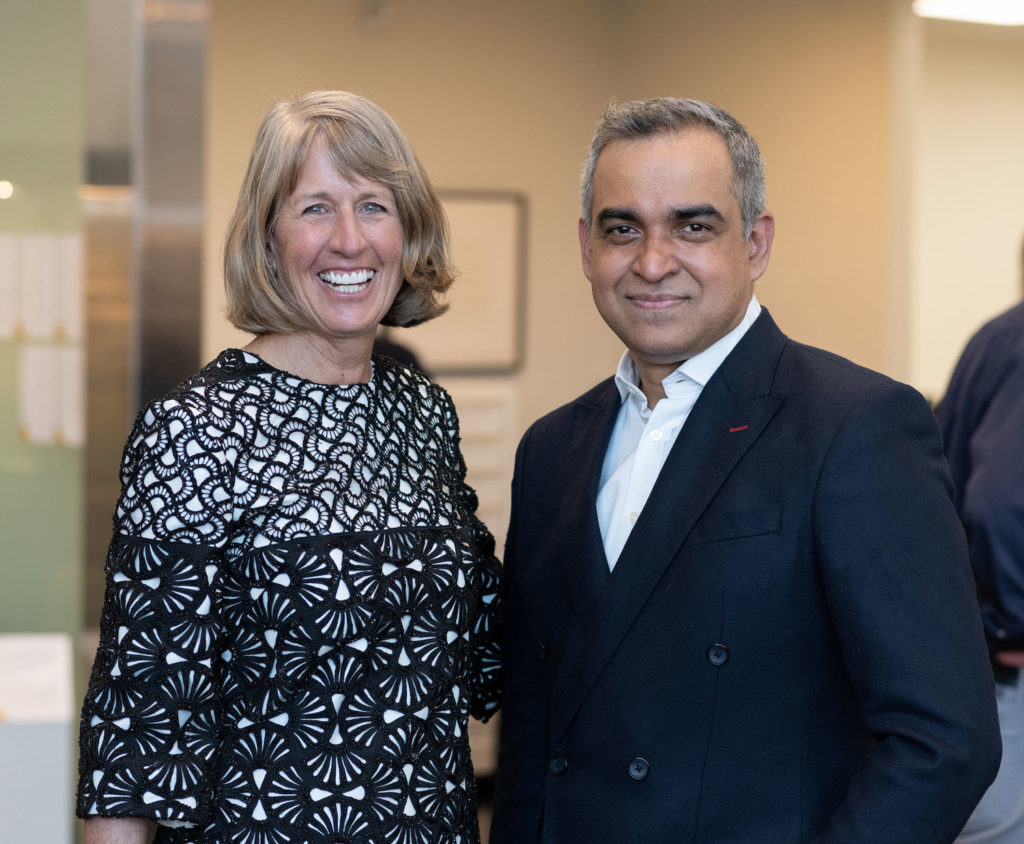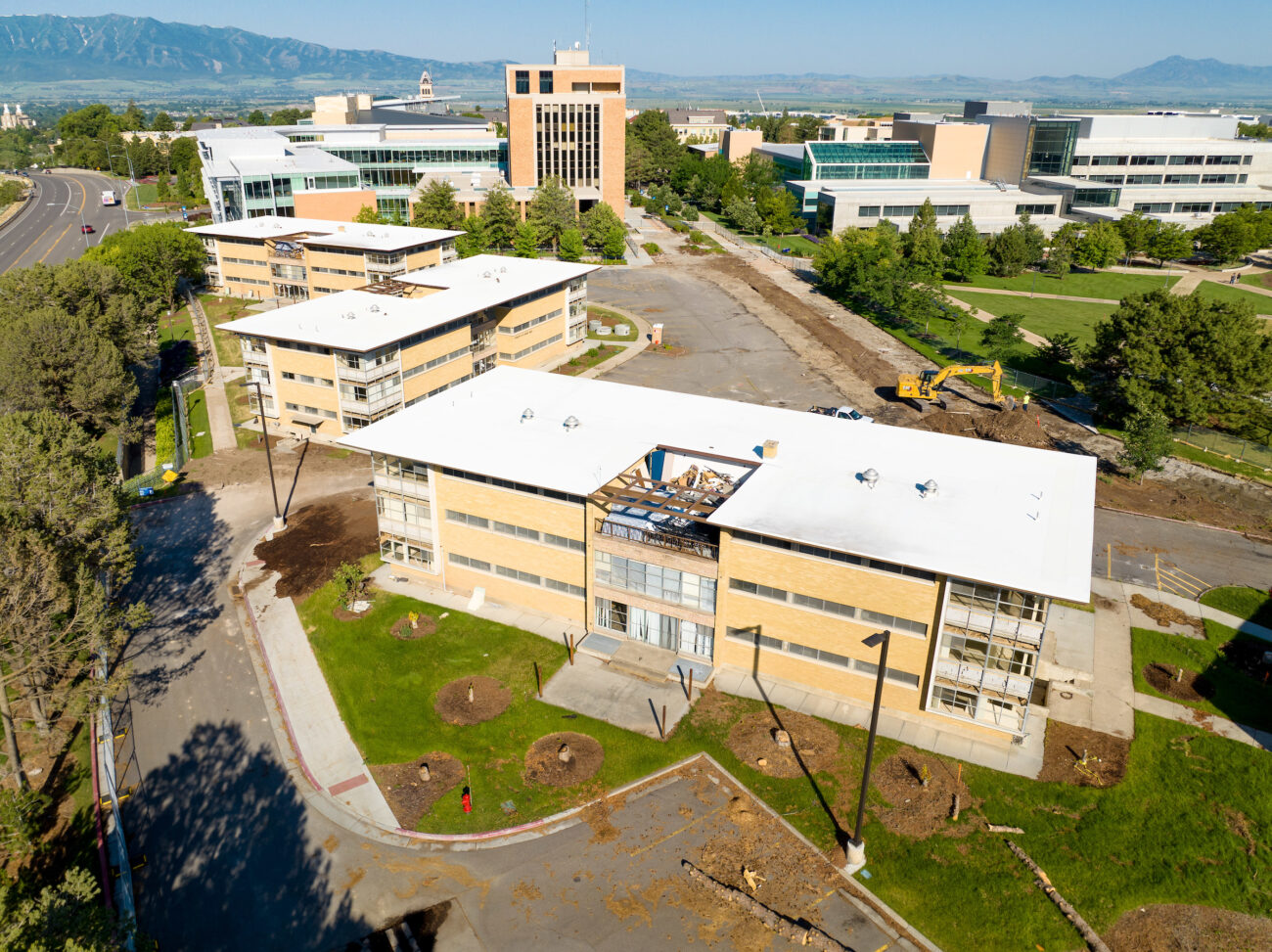A Note from Noelle: USU to Open a College of Veterinary Medicine

I spent my childhood summers and weekends mending fences, branding cattle, and planting the fields of my uncle’s 3,500-acre ranch in Montana.
I loved animals. (I still do.) Like the vast majority of animal science majors in college, I was a pre-veterinary major and harbored dreams of becoming a veterinarian.
While I eventually veered towards a career in animal genetics, many students stay the course but are unable to secure a spot in one of the just 33 accredited schools of veterinary medicine in the country. By contrast, there are about 150 accredited medical schools in the United States. For aspiring veterinarians in the Intermountain West, there are no four-year veterinary schools in Idaho, Montana, Utah, or Nevada. That is, until 2025 when Utah State University welcomes its first class in the new College of Veterinary Medicine.
In March, the Utah legislature awarded USU $18 million in annual funding to start the state’s first four-year veterinary college. The goal is to alleviate the growing shortage of veterinarians in Utah, particularly those who specialize in treating large animals, and accelerate opportunities for biomedical research and technology development in the state.
Since 2011, USU has partnered with Washington State University to provide a pathway to veterinary medicine through a “2+2” program. Students spend the first two years at USU’s Logan campus before moving to WSU’s College of Veterinary Medicine for the final two years of training and clinical work. Currently, 20 of the 30 students USU admits each year for this joint degree program are Utah residents. The benefits of keeping veterinarians in Utah are myriad.
Livestock is a critical component of the state’s economy. Animal agriculture is the largest farm sector in Utah and accounts for more than $1 billion a year in value. Veterinarians play an important role in food safety and public health by maintaining the health of large animals and wildlife. They are needed for meat grading positions in the U.S. Department of Agriculture as well as in local pet clinics caring for the animals we love like family members. Unfortunately, Utah ranks among the lowest in the nation for number of veterinarians per capita.

Additionally, the new college will offer an important return on investment. Data from other veterinary schools suggests that for every dollar the state invests, $2.5 dollars in research funding returns to the state.
Once existing USU facilities are updated and the new veterinary college building is complete, we will have the capacity to admit up to 80 students per year. Their final year in the program will involve clinical practicums throughout the state, with a focus on placing students in rural communities.
It’s been a longstanding dream to have our own four-year veterinary medicine program at USU. We’ve learned the ropes by participating in the 2+2 program with WSU and now it’s time to move to the full program, with the full support of the Utah Veterinary Medical Association, the Utah Farm Bureau, the Utah Woolgrowers and a myriad of other state and national stakeholders.
Former State Senator Lyle Hillyard ’65 began having conversations about bringing a veterinary college to the state with his colleagues years ago. I am grateful we had his support then and the legislature’s support now to make this idea a reality that will benefit Utahns for generations to come.
By Noelle E. Cockett, USU President
Portrait by Levi Sim





